
Museo ng Pamana at Kasaysayang Boholano. The escuela de los Ninos is on the left and the Casa Tribunal on the right
Part of the Panglao Bluewater Resort-sponsored CountrysideTour
After lunch at Panglao Bluewater Resort, we met up with Mr. Christopher “Boyet” Boncales, our guidefor our resort-sponsored Countryside Tour, at the reception area. Boyet, 43, a tour guide of 25 years, has been guiding VIPs, ambassadors and other high ranking officials to Bohol. We all boarded our Travel Village coaster for the 33-km. (1-hour drive) to Loay’s Holy Trinity Church Compound.
Check out “Resort Review: Panglao Bluewater Resort“
Check out “Church of the Holy Trinity“
Upon arrival, we were welcomed by Ms. Perlina Alo, curator of the Museo ng Pamana at Kasaysayang Boholano (Museum of Boholano Heritage and History).
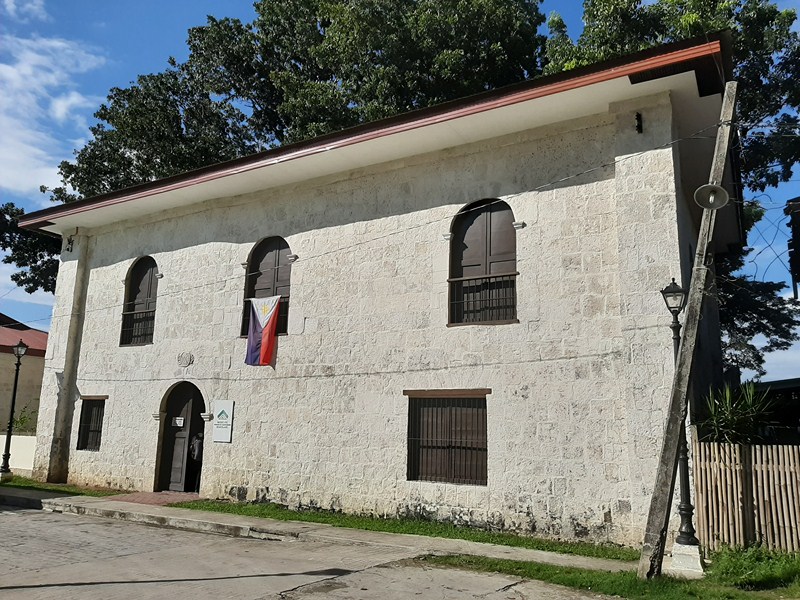
The 2-storey Casa Tribunal. Notice the non-centering of openings. Above the main entrance is an anagram of the Blessed Virgin Mary
Under the jurisdiction of the National Historical Commission of the Philippines (NHCP), the museum is housed within two buildings at the compound– the 2-storey Casa Tribunal (the old tribunal or municipal building) and the single-storey Escuela de los Ninos (school for boys).
The former’s solid stone architecture and non-centering of openings probably makes it one of the earliest structures in the compound and the 18th century anagram of Blessed Virgin Mary over main door belies its construction under the supervision of Recollect parish priests.
The latter, one of two schoolhouses (the other one, for girls, faces it from across the plaza), was also built by the Recollects and dates from the last quarter of the 19th century.
Ms. Alo first toured us inside the Casa Tribunal. The exhibit on the ground floor centers on the materials used in the construction of the church complex – coralstone, limestone, batikuling (Litsea leytensis, wood used for religious images), apitong (Dipterocarpus grandiflorus, a local hardwood), narra (Pterocarpus indicus); bakan (Melia azedarach); etc.
Also on exhibit are religious statuary and paraphernalia; a scaled model of the church complex and currently being restored paintings (from the spandrels at the church dome ceiling) of the Four Evangelists (Luke, John, Matthew and Mark) done by Ray Francia.
At the second floor are exhibits on the methods of construction; the evolution of churches in the 1600s; the restoration methodology of the NHCP plus 3 scaled models of Loay’s church. Also at the second floor is the exhibit entitled:” FACE VALUE: THE FACES OF PHILIPPINE NUMISMATICS” ongoing from October 30 to November 10, 2019.
Moving on to the Escuela de los Ninos, we watched an audio-visual presentation of the history of Bohol at the foyer. Exhibits at the two galleries centers on episodes in Bohol’s history – Early Boholano History; Arrival of the Spaniards; Changes Under the Spanish; Tamblot’s Revolt; Dagohoy’s Revolt; The Cantonal Government; Resistance Against the Americans; Change Under the Americans; Resistance Against the Japanese during World War II; and Rehabilitation and Growth.
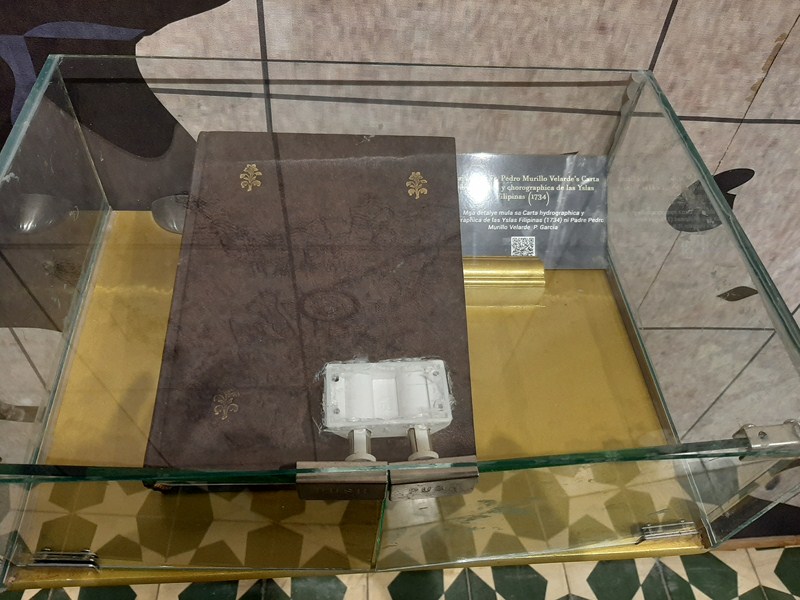
Copy of Fr. Pedro Murillo Velarde’s Carta Hydrographica y Chorographica de las Yslas Filipinas (1734, A Hydrographical and Chorographical Chart of the Philippine Islands)
Also on display here are scaled models of Bohol’s bahay na bato or stone houses (Zarraga Ancestral House and Clarin Ancestral House in Loay; Rocha Ancestral House and Balili Heritage House in Tagbilaran City; etc.); a copy of Fr. Pedro Murillo Velarde’s (1696-1753) Carta Hydrographica y Chorographica de las Yslas Filipinas (1734, A Hydrographical and Chorographical Chart of the Philippine Islands); a painting of the Blood Compact; a church confessional; seals of the Cantonal Government; and a bust of Pres. Carlos P. Garcia.
Check out “Balili Heritage House” and “The Ancestral Houses of Sitio Ubos“
Museo ng Pamana at Kasaysayang Boholano: Holy Trinity Church Compound, Loay, Bohol. Open Tuesdays to Sundays, 8 AM to 4 PM. Admission is free. Mobile number: (0915) 178-0325.
Bohol Tourism Office: Governor’s Mansion Compound, C.P.G. Ave. North, Tagbilaran City, 6300 Bohol. Tel: +63 38 501-9186. E-mail: inquire@boholtourismph.com.
Panglao Bluewater Resort: Bluewater Rd., Sitio Daurong, Brgy. Danao, Panglao, 6340 Bohol. Tel: (038) 416-0702 and (038) 416-0695 to 96. Fax: (038) 416-0697. Email: panglao@bluewater.com.ph. Website: www.bluewaterpanglao.com.ph. Manila sales office: Rm. 704, Cityland Herrera Tower, Rufino cor. Valera Sts., Salcedo Village, 1227 Makati City, Metro Manila. Tel: (632) 817-5751 and (632) 887-1348. Fax: (632) 893-5391.




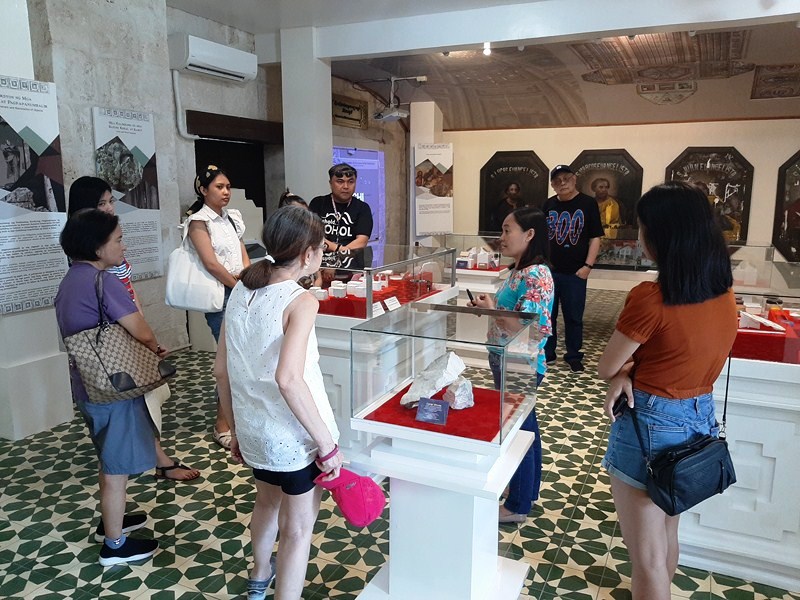

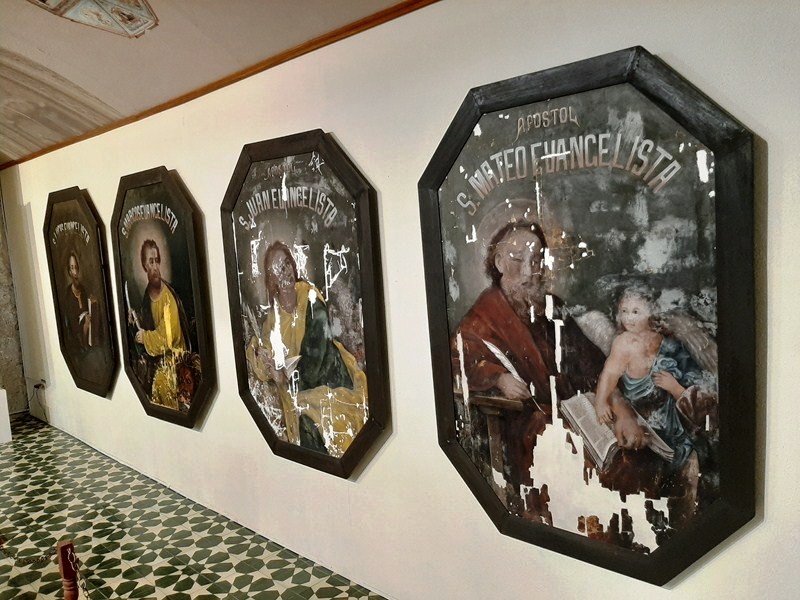

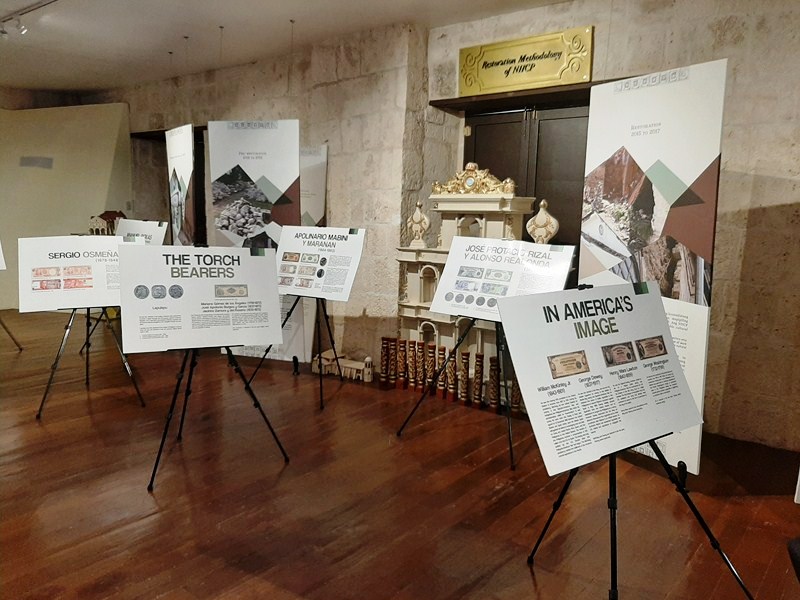


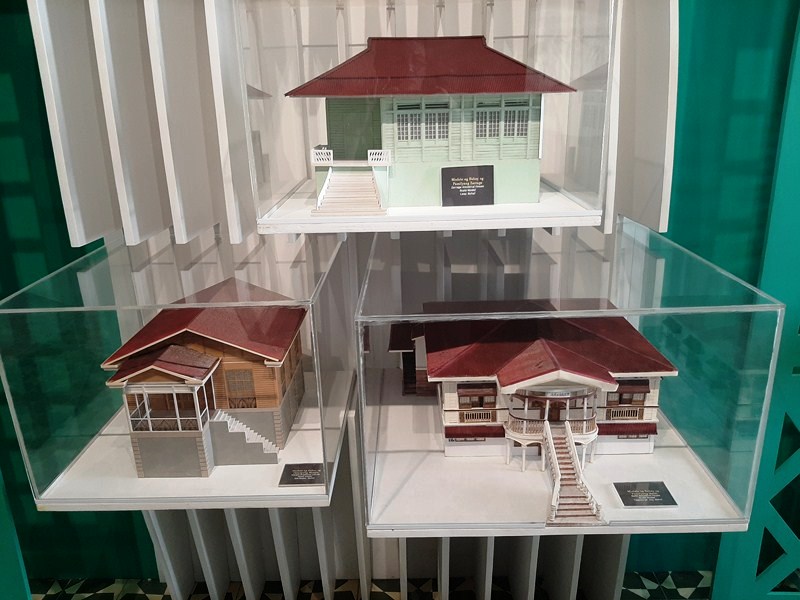


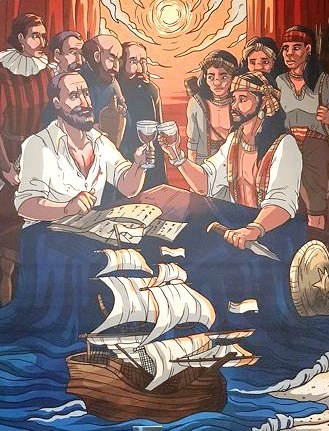
Pingback: Bohol Biodiversity Complex (Bilar, Bohol) – B.L.A.S.T. – Live Life to the Fullest ……… Don't Stay Put
To the benjielayug.com admin, You always provide practical solutions and recommendations.